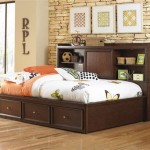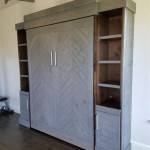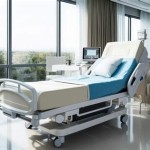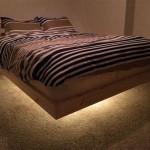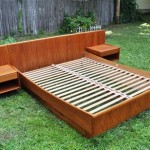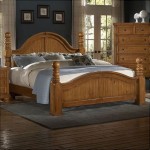What Should Baby Wear to Bed at 25 Degrees?
Determining the appropriate clothing for a baby sleeping in a 25-degree Celsius environment is crucial for ensuring their comfort and safety. While this temperature may feel comfortable for adults, infants have a different temperature regulation system and are more susceptible to overheating. This article will provide guidance on dressing a baby for sleep in a 25-degree environment, considering the NHS's recommendations and emphasizing the importance of safety and comfort.
The Importance of Room Temperature
The NHS recommends maintaining a room temperature of 16-20 degrees Celsius for a baby's sleep environment. However, a 25-degree room temperature can be considered slightly warmer than the ideal range. In such cases, it is vital to adjust the baby's clothing accordingly to prevent overheating. Overheating can lead to various health risks, including sudden infant death syndrome (SIDS), so it is essential to prioritize a cool and comfortable sleep environment.
Clothing Choices for a 25-Degree Room
When dressing a baby for sleep in a 25-degree room, prioritize lightweight, breathable fabrics like cotton. Avoid layers of clothing, as this can increase the risk of overheating. A thin sleepsuit, a vest, or a light cotton blanket may be suitable for this temperature. Remember to consider the baby's overall health and activity levels. Babies who are born prematurely or have a low birth weight may require additional layers of clothing. It is always advisable to err on the side of caution and dress the baby in lighter clothing than what you might feel comfortable wearing.
Recognizing Signs of Overheating
It is crucial to monitor the baby for signs of overheating during sleep, even in a slightly warmer environment. Look for the following signs:
- Excessive sweating
- Flushed cheeks
- Rapid breathing
- A feeling of warmth when touching the baby's skin
- Restlessness and discomfort during sleep
If you notice any of these signs, remove some of the baby's clothing layers and ensure the room temperature is as cool as possible. If the baby continues to show signs of overheating, consult your healthcare provider.
Additional Tips for a Safe Sleep Environment
In addition to appropriate clothing, several other factors contribute to a safe and comfortable sleep environment for babies:
-
Sleeping position:
Babies should be placed on their back to sleep, reducing the risk of SIDS. -
Firm mattress:
Providing a firm mattress for the baby to sleep on is essential to prevent suffocation. -
No loose bedding:
Avoid using fluffy pillows, blankets, or loose clothing that could obstruct the baby's airway. -
Safe room temperature:
Maintain a consistent room temperature within the recommended range of 16-20 degrees Celsius. -
Regular monitoring:
Check on the baby regularly to ensure they are comfortable and breathing normally. A baby monitor can be helpful in detecting changes in breathing or other signs of distress.
A safe and comfortable sleep environment is crucial for a baby's well-being. By following the NHS's recommendations and adjusting clothing accordingly, you can create a safe and comfortable sleep environment for your baby in a 25-degree room.

What To Dress Baby In For Bed The Hot Weather Manchester Evening News

Dressing Baby At Night With The Optimal Winter Sleeping Bag Ergobaby

What Should Your Baby Wear To Bed Bubba Boo

Baby Sleep Temperature Guidelines Pampers

What Should Your Baby Wear To Bed Bubba Boo

A Guide To Choosing Sleeping Bag For Your Baby

Reduce The Risk Check Room Temperature When I M Asleep Safe Sleep Scotland

Baby Sleep Temperature Guidelines Pampers

What Should Your Baby Wear To Bed In The Hot Weather Metro News

Baby Sleeping Bags Tog Advice For Newborn Toddler I Emma S Diary

